Harry J. Anslinger, the first commissioner of the U.S. Federal Bureau of Narcotics, created a drug criminalization system marked by racism and intimidation. Nofi explores how Anslinger, under the guise of drug enforcement, imposed a repressive ideology targeting minorities, laying the groundwork for the “war on drugs” that remains in effect today.
Harry J. Anslinger and the origins of drug policy
Harry Jacob Anslinger, commissioner of the U.S. Federal Bureau of Narcotics from 1930 to 1962, is often considered one of the founders of the “war on drugs.” However, his efforts to combat cannabis and other substances extended far beyond public health concerns. Behind his anti-drug campaign lay a deep animosity toward racial minorities and immigrants. Amid a changing America, Anslinger crafted a system in which drug criminalization policies became a tool of racial exclusion, impacting generations of African American and Latino communities.
Born in 1892 in Altoona, Pennsylvania, to a Swiss immigrant family, Harry Anslinger worked for the Pennsylvania Railroad from a young age, quickly gaining a reputation for his zeal in criminal investigations. In 1930, at just 38, he was appointed the first commissioner of the Federal Bureau of Narcotics under President Herbert Hoover. Anslinger inherited a country where alcohol had just been decriminalized after Prohibition, but he saw drugs as a new target. With support from his father-in-law, Andrew Mellon, then Secretary of the Treasury, he was propelled to head the bureau and launched an unprecedented anti-drug campaign.
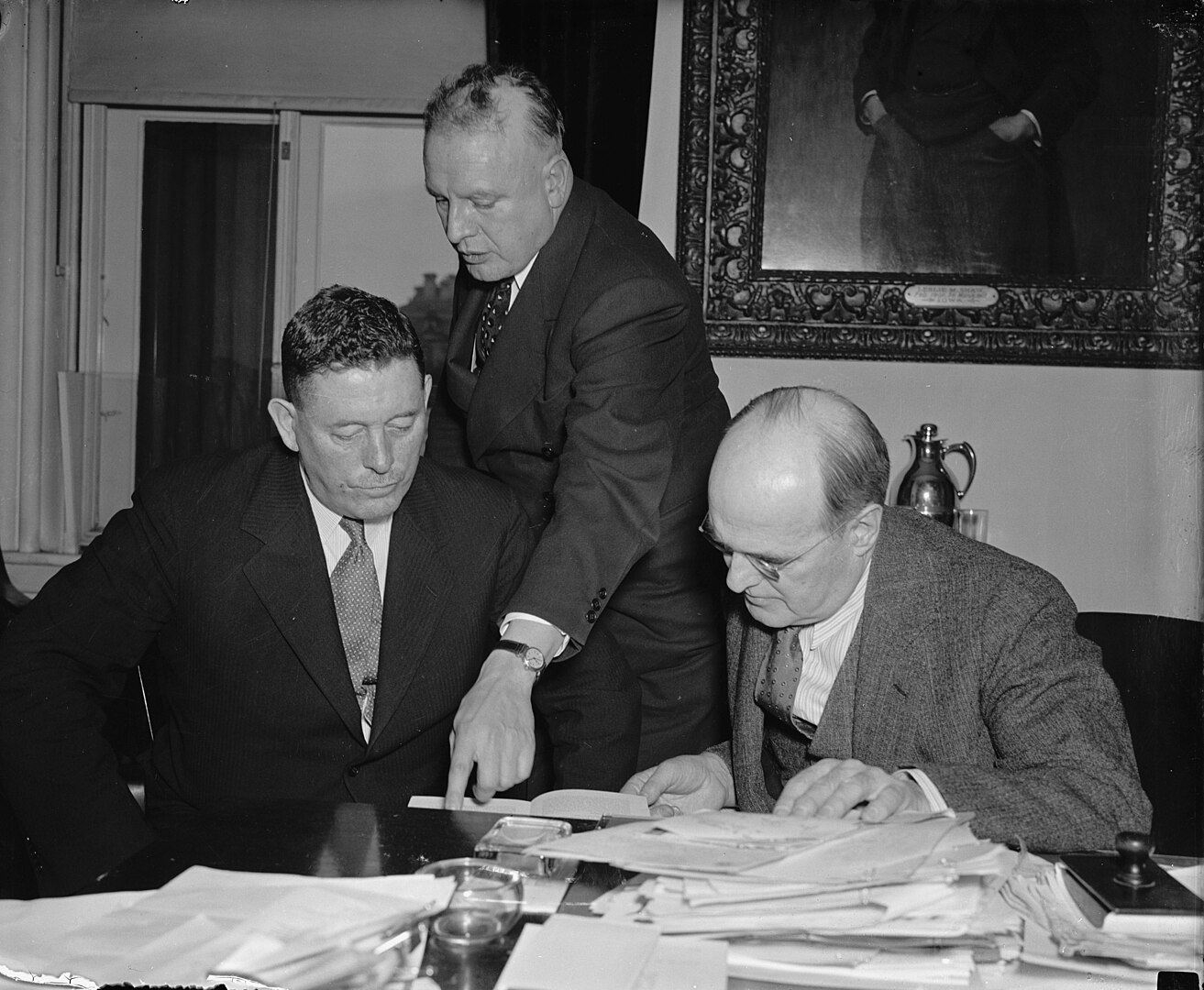
Anslinger’s first target was cannabis—a relatively uncommon drug at the time but widely used in Mexican and African American communities. To convince the public of the substance’s dangers, Anslinger did not hesitate to resort to xenophobic rhetoric, claiming that cannabis caused minorities to “forget their place” and rendered them dangerous to white citizens. To illustrate his points, he told frightening stories, such as that of Victor Licata, a young man who allegedly killed his family under the influence of cannabis. Though this story was later debunked (Licata suffered from severe mental illness), it became one of the “Gore Files” Anslinger used to justify his crusade.
Anslinger understood the importance of media in his disinformation campaign. With support from press moguls like William Randolph Hearst, he flooded the country with sensationalist headlines linking cannabis to acts of violence. His campaigns reached a wide audience through publications and films like Reefer Madness, which portrayed marijuana as a scourge for youth and a danger to society. This manipulation of the media allowed Anslinger to amplify the fear surrounding cannabis and gain support for his repressive policies.
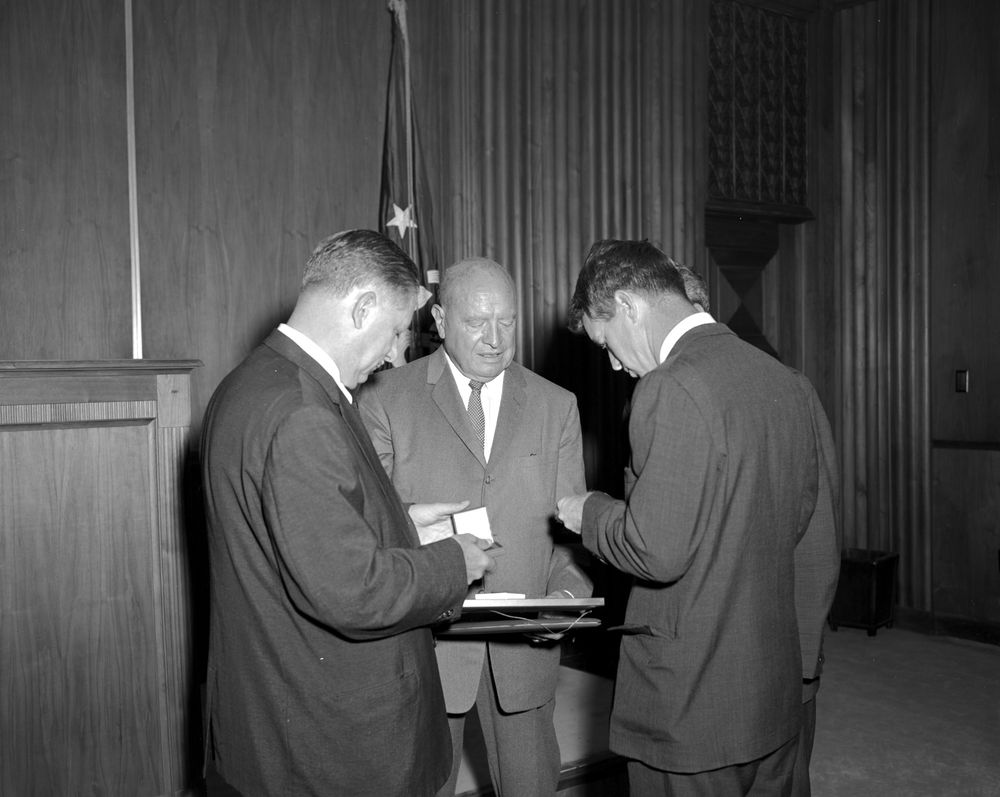
In 1937, Anslinger achieved a significant victory with the Marihuana Tax Act, which imposed strict restrictions on the production, sale, and use of cannabis. This legislation, indirectly targeting Black and Mexican communities, enabled authorities to increase arrests for cannabis possession. Cannabis became a pretext for controlling and monitoring minorities, especially African Americans and Mexicans living in disadvantaged neighborhoods.
Among Anslinger’s targets were jazz musicians, whom he saw as symbols of decadence and rebellion. Billie Holiday, a Black singer and activist, became one of his victims. After her famous song Strange Fruit, which denounced racist lynchings, Anslinger launched a campaign against her. He surveilled, arrested, and relentlessly pursued her, primarily for her heroin use, symbolizing his vendetta against those who dared to defy the era’s social norms. Holiday would eventually die after years of persecution, marking a tragic end to Anslinger’s destructive policies.
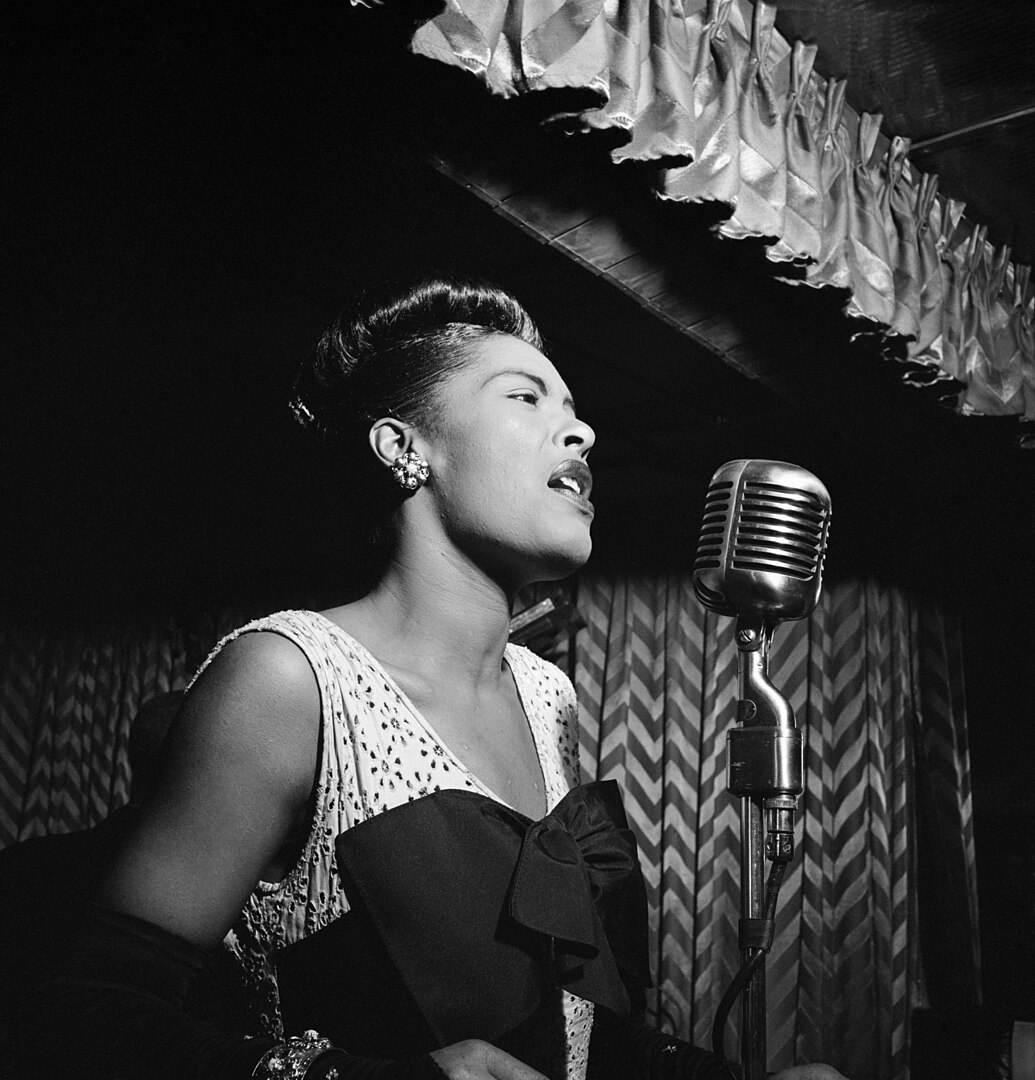
Anslinger maintained a collection of violent crime stories he attributed to drugs, known as his “Gore Files.” In these stories, he claimed that African Americans and Mexicans, under the influence of marijuana, became violent and aggressive, sometimes homicidal. Although many of these accounts were either fabricated or exaggerated, they provided a basis for increasingly repressive policies toward minorities. Anslinger played on the prejudices of the time to fuel fear and reinforce the notion that Black and Latino communities posed a threat to American society.
Some critics suggest that Anslinger’s anti-cannabis campaign also served economic interests. Industrial groups, such as the DuPont company, reportedly saw hemp as a threat to the emerging synthetic fiber industry, like nylon. Although this theory remains unproven, it is clear that Anslinger had powerful allies in industry and politics. By demonizing cannabis, he allowed these industries to prosper without competition from hemp, a natural, affordable fiber.
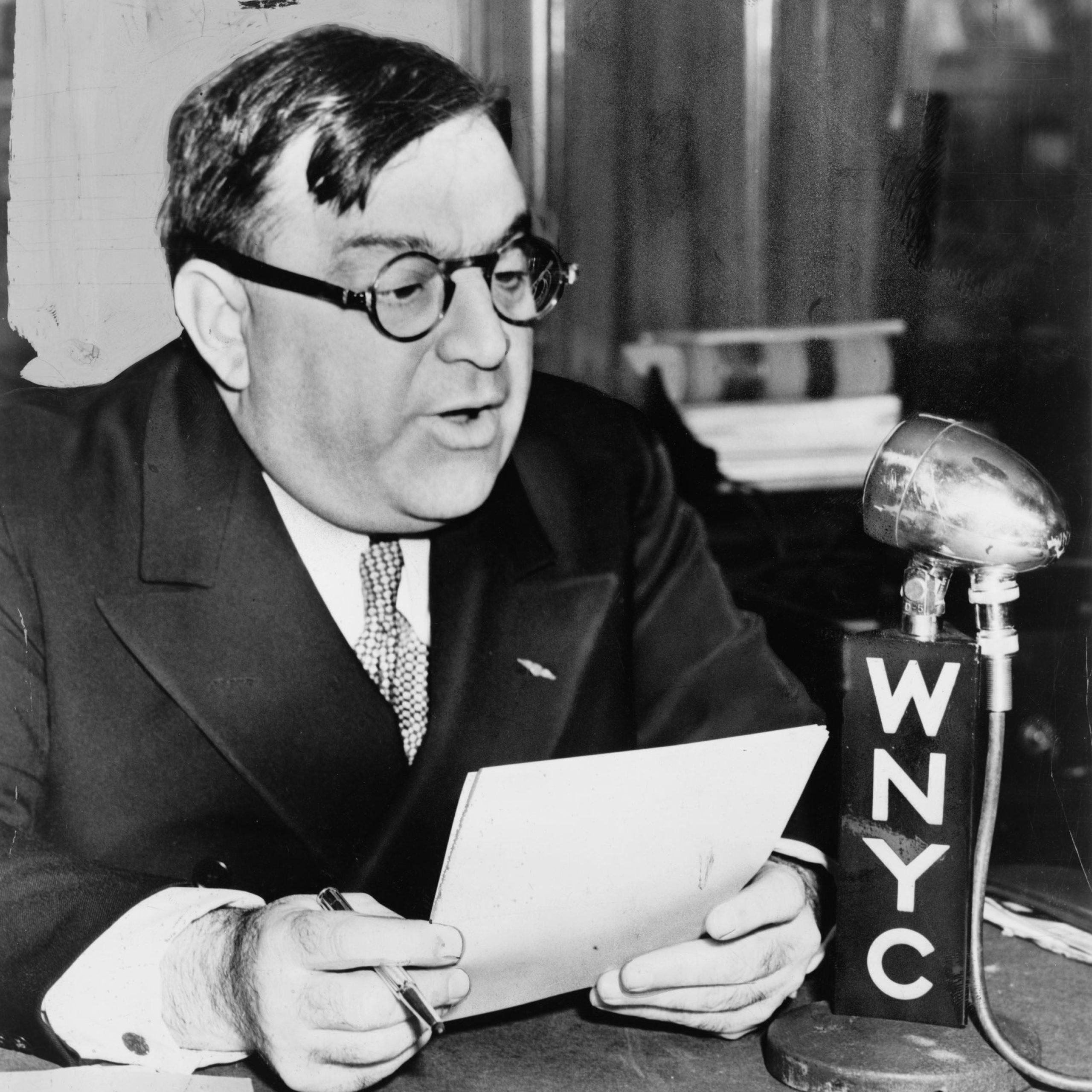
In 1944, the LaGuardia Report, commissioned by New York’s mayor, concluded that cannabis led neither to violence nor addiction. This report directly contradicted Anslinger’s claims, but he dismissed it as “unscientific” and refused to consider its findings. His reaction demonstrated Anslinger’s willingness to ignore any study contradicting his narrative, preferring instead to rely on racial stereotypes and prejudices to justify his policies.
The impact of Anslinger’s policies extended far beyond his tenure. His war on drugs laid the foundation for a penal system in which minorities, especially African Americans and Latinos, are systematically criminalized for minor drug offenses. Today, communities of color continue to suffer from the effects of these policies, inherited from Anslinger’s racist crusade. His policies not only fueled discrimination but also entrenched a culture of fear around drugs, shaping public perception to this day.
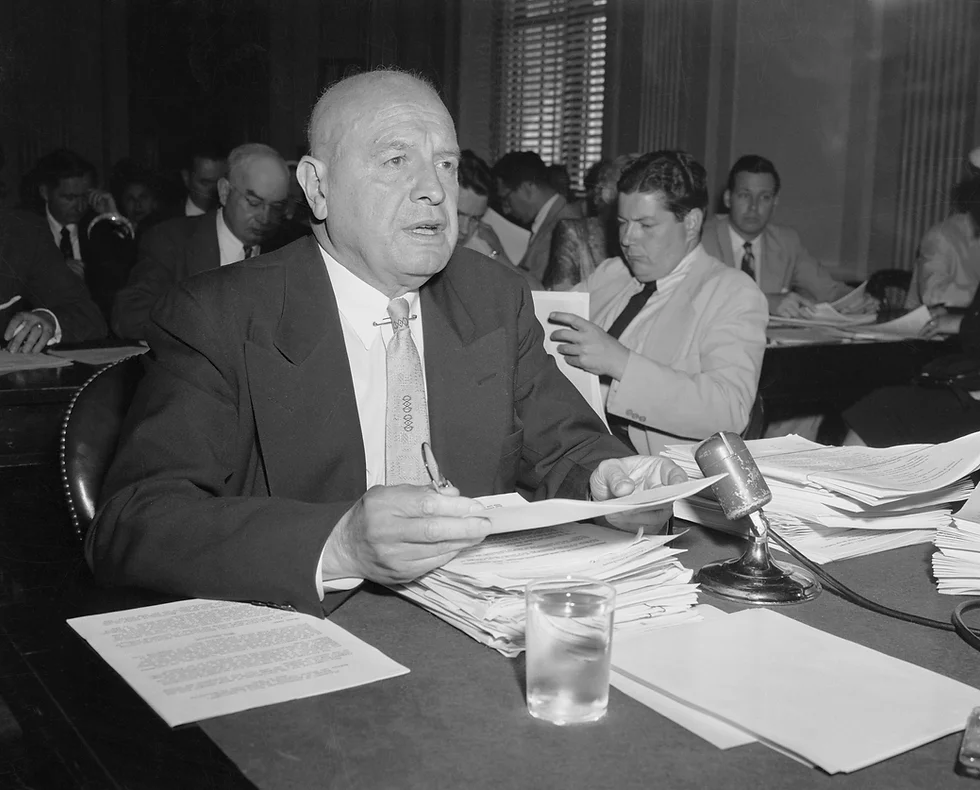
Harry J. Anslinger is one of the darkest figures of the war on drugs. His use of propaganda and racism to demonize drugs, particularly cannabis, had devastating consequences for African American and Latino communities. His name is associated with an era of persecution where drugs were not merely a public health issue but a tool of social and racial control. His policies left a lasting legacy, intertwining criminalization and discrimination that continue today.
Notes and references
- Krebs, Albin. “Harry J. Anslinger Dies at 83; Hard-Hitting Foe of Narcotics.” The New York Times, November 18, 1975.
- Hari, Johann. Chasing the Scream: The First and Last Days of the War on Drugs. Bloomsbury Publishing, 2015.
- McWilliams, John C. The Protectors: Harry J. Anslinger and the Federal Bureau of Narcotics, 1930-1962.University of Delaware Press, 1990.
- Sloman, Larry. Reefer Madness: A History of Marijuana in America. Indianapolis: Bobbs–Merrill, 1979.
